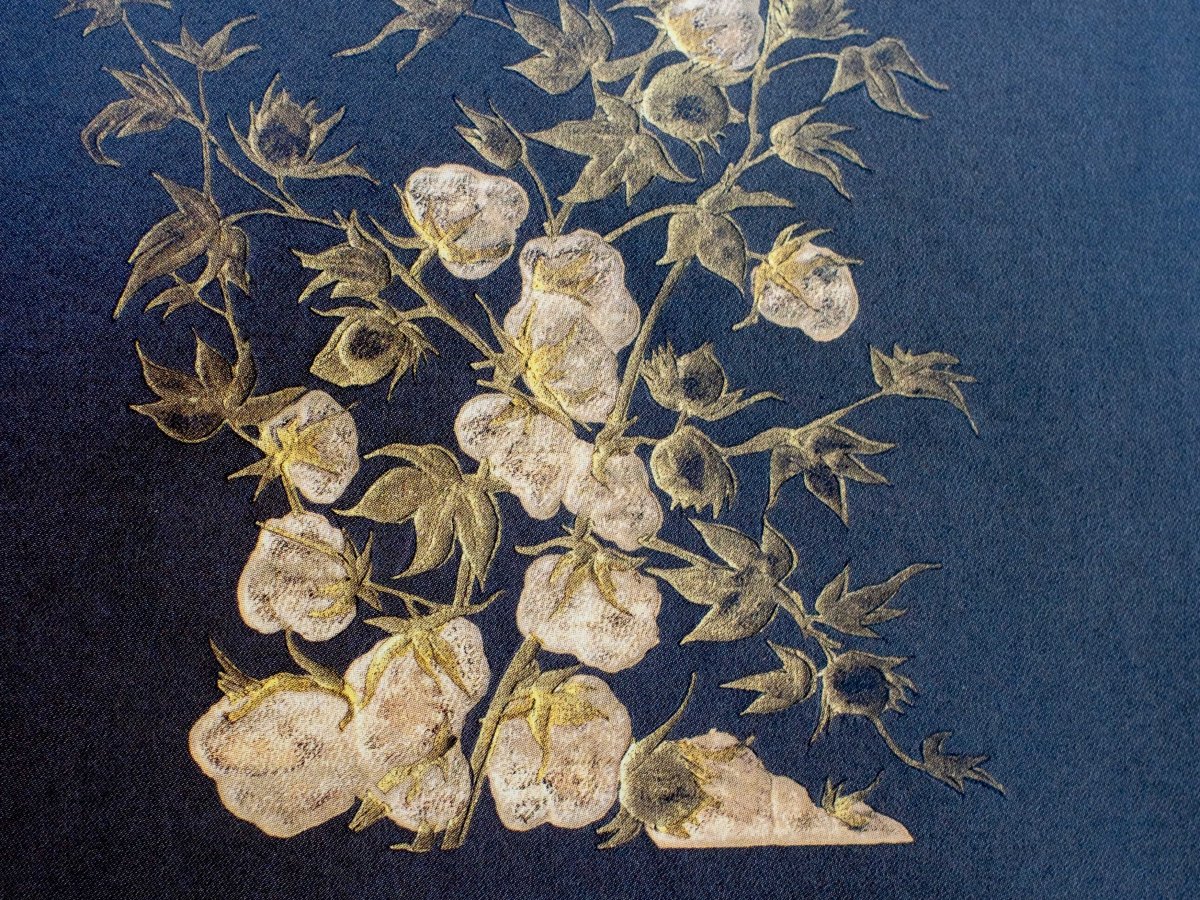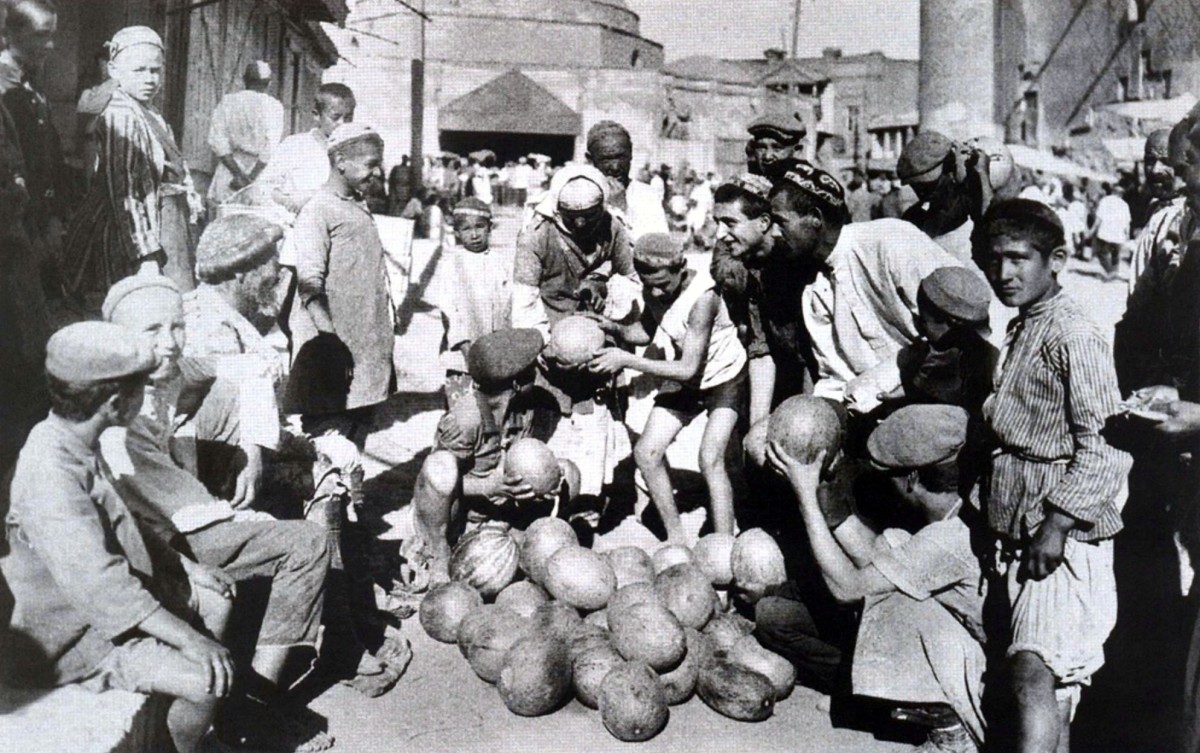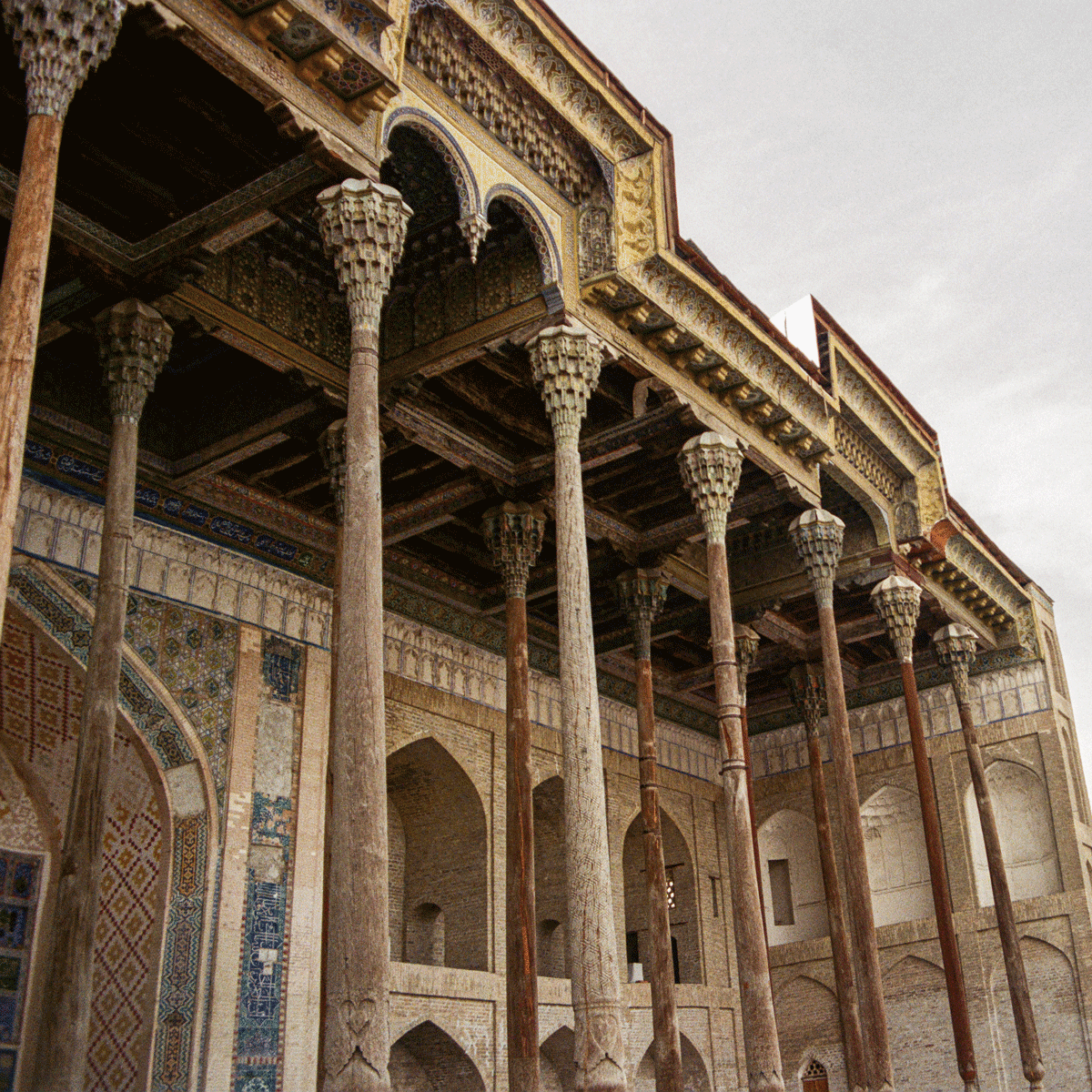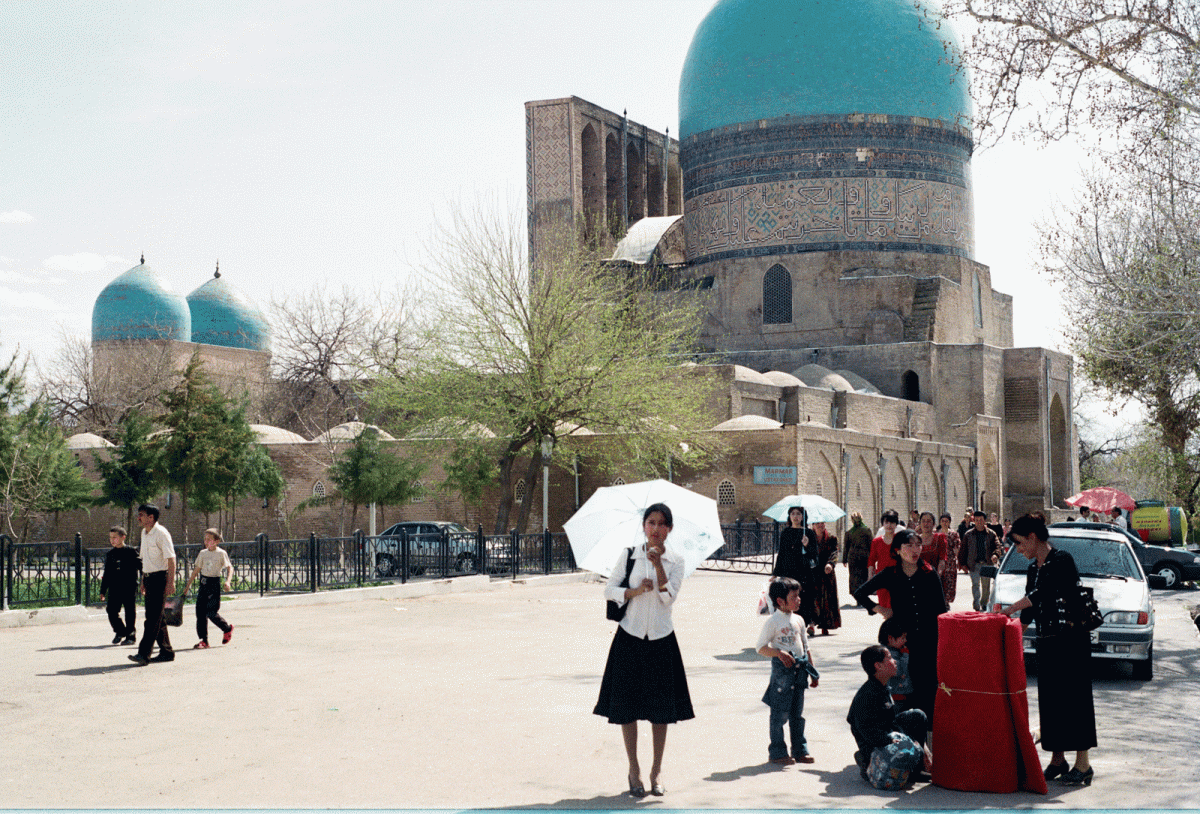German Travelers in Russian Turkestan ‚Discover‘ the Bukharan Jews
The following post is a longer version of the article „Anti-Semitism and Orientalism in German-language Travelogues of Turkestan“ published by Oxus Society on 27 May 2021. In the German language…
Impressions of the Duab (Russian Turkestan)
A reflection on Wilhelm Rickmer-Rickmers‘ famous 1907 lecture to the Central Asian Society The region, which is the subject of the following piece and about which the German explorer Wilhelm Rickmer-Rickmers reports in his lecture…
Ella Maillart on the reconstruction of the Central Asian cultural landscape between the rivers Amu Darya and Syr Darya in 1931
A short look back at a travelogue from the year 1907 by Wilhelm Rickmer-Rickmers When Ella Maillart visited Central Asia, all activities in the Central Asian Soviet Republics were dominated by the fulfilment of the first five-year plan. During this time, Maillart still writes of the region as Turkestan, which had been called Russian Turkestan…
Ella Maillart in Bukhara – A woman travels through the Soviet Union in 1932
Why Ella Maillart visited Central Asia At the beginning of her book ‚Turkestan Solo‘ the famous sailor, skier and traveller Ella Maillart (1903-1997) asks herself and her readers why she travels. Above all, she believes that travelling should first and foremost awaken a feeling of solidarity. That by travelling we can learn more about what…
A critical commentary on the film ‚Turksib‘ | The Soviet-Russian View on Central Asia in the Period of the First Five-Year Plan
On the importance of the Soviet film ‚Turksib‘ The strong positive attention that the film „Turksib“ by Soviet documentary filmmaker Viktor Turin attracted in Europe and the USA is best understood against the background of the period of the great depression in the capitalist countries. For many western left-wing intellectuals and democrats, who were not…
„Changing Asia“ – Travelogue of an Austrian journalist about Uzbekistan in 1930 (I)
Part I: Egon Erwin Kisch, raging reporter and convinced communist, in Samarkand Central Asia has changed fundamentally many times since the „Raging Reporter“ Egon Erwin Kisch, a dazzling figure of the German Weimar Republic before the National Socialists seized power, travelled there. Kisch arrived in Uzbekistan, and Tajikistan, precisely at the time of the first…
„Changing Asia“ – Travelogue of an Austrian journalist about Uzbekistan in 1930 (II)
Part II: Egon Erwin Kisch on the new role of women in Uzbekistan against the background of Soviet social reconstruction of society. Read Part I: Egon Erwin Kisch, raging reporter and convinced communist, in Samarkand When Egon Erwin Kisch, the „Raging Reporter“ from the Germany of the Weimar Republic, travelled to Central Asia in 1931, he…
Noble Bukhara – A stroll through the architectural space (Part I)
No matter how far back you look in the literature to learn about the city on the great Silk Road, you will look in vain for reports or documents in which travellers – historians, adventurers, merchants, artists – were not profoundly impressed by Bukhara. Klaus Pander (2005, 143) Part I: The Ark of Bukhara, the…
Noble Bukhara – A stroll through the architectural space (Part II)
No matter how far back you look in the literature to learn about the city on the great Silk Road, you will look in vain for reports or documents in which travellers – historians, adventurers, merchants, artists – were not profoundly impressed by Bukhara. Klaus Pander (2005, 143) For a brief introducion go back to…
A brief portrait of the city of Termez – situated on the periphery of today’s Uzbekistan
The city of Termez is located in Uzbekistan rather peripherally and is less visited by tourists than the Tashkent-Samarkand-Bukhara-Khiva axis. It is located in the southeast of the country on the border with Afghanistan, on the northern bank of the Amu Daria. Going to Termez requires some patience Due to its eventful history, it is…
A look back at the splitting of the Aral Sea – The Kyzylorda region in 2006
A small overview: Conflicts over water in Central Asia All major rivers in Central Asia pass through at least two countries from their source to the estuary or the point where they dry up. Besides, the majority of the population of these states live along these rivers and the adjacent water systems. Thus the entire…
Uzbek Saturday mood in Shakhrisabz
The use of urban space in the early 2000s before the start of the tourism boom The more than 2000 year old city was a stage of the old Silk Road, which connected China and Europe via the Middle East. In 2000, it was declared a World Heritage Site, not least for its many exceptional…
A look back on small-scale agriculture in Uzbekistan at the beginning of the 2000s
An exploration of spaces, people and practices using the example of the region around Samarkand At the beginning of the 2000s, the agricultural situation in Uzbekistan was still mostly unchanged from the situation during the Soviet Union. Cotton was mainly grown on the established large areas. Besides, farmers spent as much time as possible on…
Central Asia
For Kazakhstan, Uzbekistan, Tajikistan, Kyrgyzstan and Turkmenistan, 1991 was not an opportunity for a fundamentally new beginning. Although the political elites postulated a „rebirth“, Soviet traditions continued to have an effect as a result of decades of Soviet cultural and economic policy.
Expose the objects, recover them, make them speak – that is the path of archaeology proposed here. (…) The world is viewed and readable through the history of things, through the analysis of signs and forms of transport, places and routines (…).
Karl Schloegel, 2017: The Soviet century, 21
All states have gone through complicated processes of identity formation. Tajikistan was the only state to fall into a painful civil war. In all states, ethnic-national designs to stabilize society and consolidate authority play an important role.
The aim here is to follow the traces in space, to sift through them, and also to secure the legacies of past generations. The findings that are brought to light, captured in photographs and stories, are to be put together in a mosaic, which is commonly referred to as history.
The project #SpacesandPractises via @doinggeography explores in various spaces the question of how people shape space as a social reality. I am particularly interested in spaces in which there are conflicts of interpretation. These result from the fact that different groups compete for the sovereignty of interpretation over space. In other words, they want to determine how all the subjects and objects that appear in it are to be understood. In doing so, the gaze is necessarily always turned simultaneously to the past, present and future.












